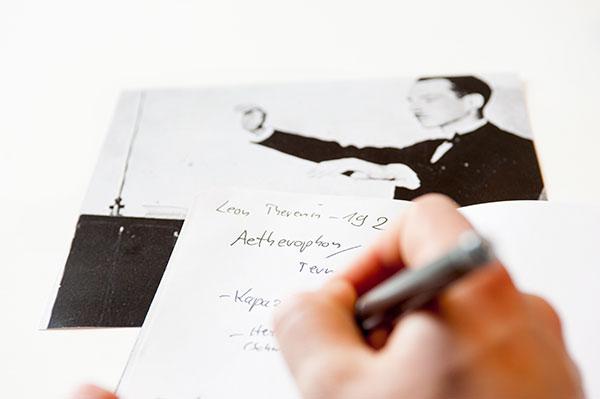sound machines – a history of electronic instruments
Since the creation of the Telharmonium in 1896, a monumental instrument that weighed 200 tons and filled 30 freight wagons, the world of electronic musical instruments has evolved in breathtaking ways. Today, we carry our sound machines conveniently in our pockets - powerful smartphones and tablets make it possible for practically anyone to have various digital musical instruments at their disposal. A lot has happened in the years in between. Possible focal points include:
- Hören und Selberspielen – Aufbau begehbarer Soundparcours mit diversen alten und neuen elektronischen Musikinstrumenten
- Evolution und Erfindungen elektronischer Musikinstrumente
- Rückblick und Beispiele für Schlüsseltechnologien, die die Entwicklung neuer Musikinstrumente ermöglichten
- Einfluss auf Musikkultur, Musikästhetik und Musikgenres im 20. und 21. Jahrhundert
- Veränderung der Musikproduktion und Aufführungspraxis
- Zukunftsausblick- Trends und Entwicklungen in der Welt der elektronischen Instrumente
- „Klangmaschinen im Musikunterricht“ – Praktische Ideen und Konzepte für Musiklehrer für die Arbeit mit alten und neuen elektronischen Instrumenten im Unterricht
